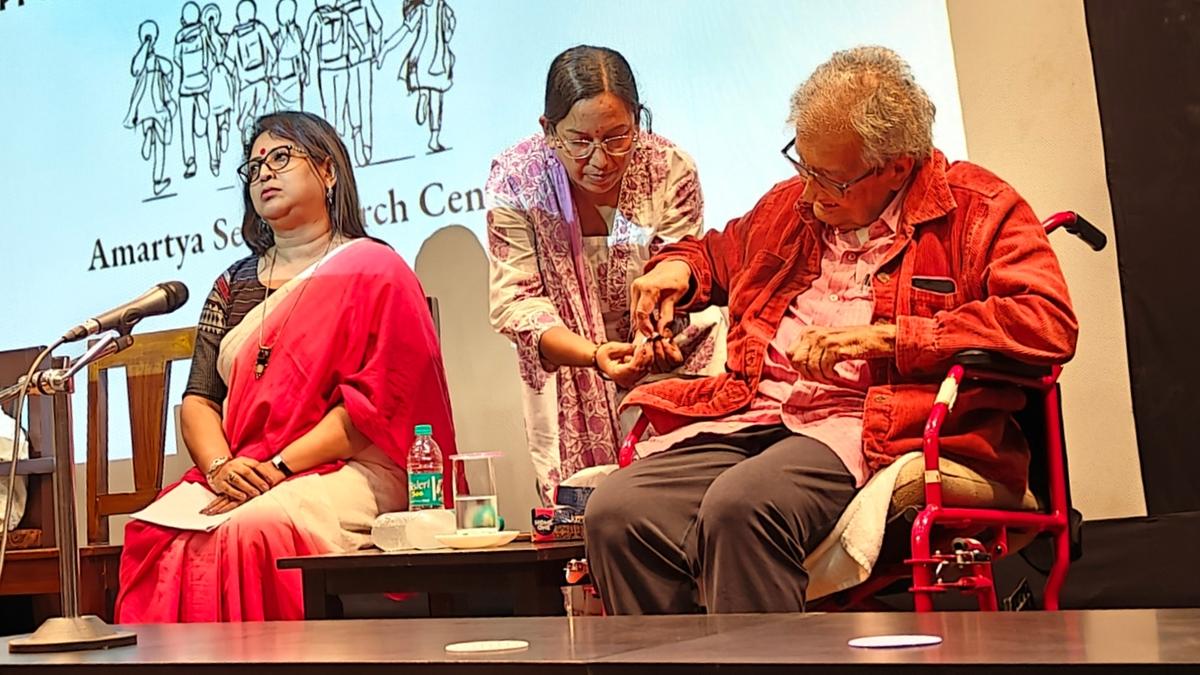Migration and Globalisation

- 31 Aug 2025
Context:
Migration has historically been central to human survival, cultural enrichment, and economic development. Nobel laureate Amartya Sen, in a recent interaction with students in Kolkata (August 2025), underlined that migration is not merely a by-product of globalisation but an essential driver of it. He argued that without the movement of people, exchange of ideas, and diversity, “almost nothing would happen” in society. His observations highlight the need to place migration at the core of discussions on inclusive development and global integration.
Migration and Globalisation: A Two-Way Link
Migration represents both a cause and consequence of globalisation. The growing interconnectedness of economies, labour markets, and cultures compels people to move in search of livelihood, education, and security. Conversely, migration sustains the very processes of globalisation by ensuring labour mobility, knowledge transfer, and cultural exchange.
Remittances from international migrants significantly support local economies in poorer regions, while in ageing industrial societies, migrants fill labour shortages and keep welfare systems functional. Similarly, internal migration within developing countries responds to shifts in industrial location and the expansion of tourism, service, and construction sectors.
Economic and Social Contributions of Migrants
Migration plays a critical role in sustaining households and reshaping communities:
- Economic Support: Remittances are often the backbone of rural economies, enabling investments in agriculture, housing, and small enterprises.
- Skill Transfer: Return migrants bring exposure, technology, and non-farm opportunities, provided there is institutional support.
- Cultural Exchange: Migrants enrich host societies by introducing new languages, cuisines, music, and traditions, fostering cosmopolitan growth.
- Empowerment: For many youth and women, migration becomes a pathway to independence, autonomy, and expanded life choices.
Sen himself cited historical examples—such as Arabic translations of Brahmagupta’s mathematical works—that demonstrate how migration and cultural contact drive intellectual advancement.
Key Challenges
Despite its benefits, migration remains highly contested. Restrictive immigration policies in developed nations often strengthen illegal smuggling networks and leave migrants vulnerable to exploitation. Within India, internal migrants frequently face exclusion from basic urban services such as housing, education, and healthcare.
Undocumented and unskilled migrants are particularly prone to labour exploitation, earning low wages under insecure conditions. Women migrants confront additional gender disparities, ranging from wage inequality to social stigma, although they can emerge as strong agents of change where given resources and support.
Policy Imperatives
Migration must be recognised not as a threat but as an enabler of development. The policy framework should:
- Protect migrant rights and improve workplace safety.
- Facilitate the productive use of remittances through training, financial literacy, and infrastructure.
- Ensure equitable access to resources for women migrants.
- Address structural constraints such as rural distress, which force people into migration as a survival strategy.
India has already witnessed tensions, including attacks on migrant workers from West Bengal in other states, highlighting the urgency of a protective and inclusive approach.
Conclusion
Migration is inseparable from globalisation and has historically propelled human progress. It strengthens economies, sustains welfare systems, and enriches cultures. Yet, the absence of supportive policies leaves migrants vulnerable to exclusion and exploitation. As Amartya Sen emphasised, diversity is the foundation of Indian society and the movement of people is the essence of globalisation. Recognising migrants as partners in development rather than problems to be managed is essential for building an inclusive, equitable, and resilient global future.
